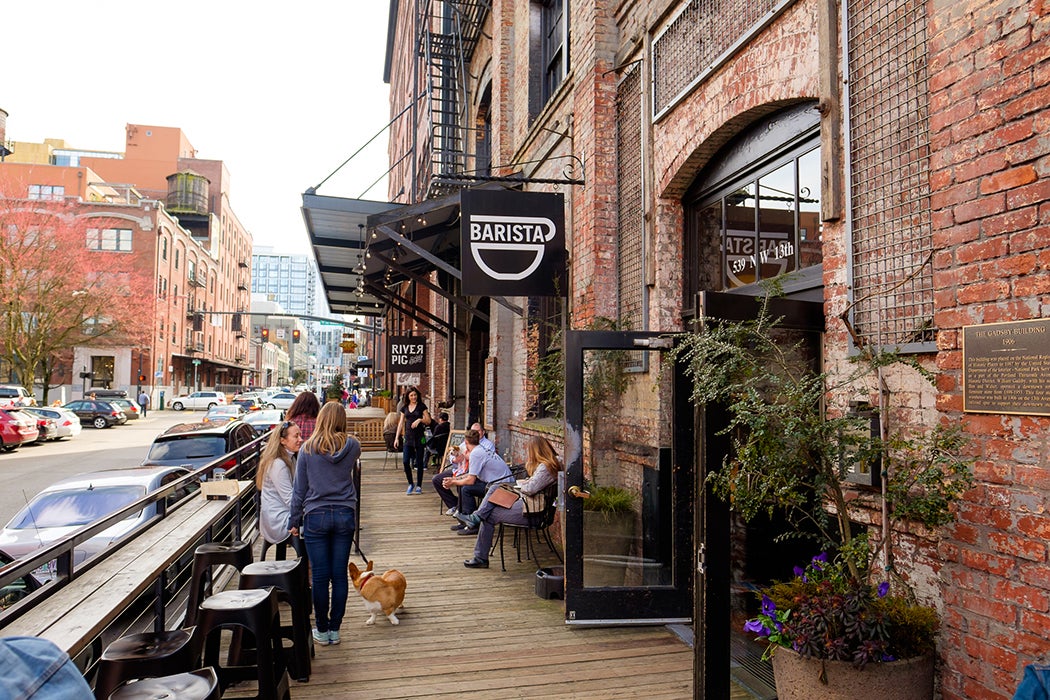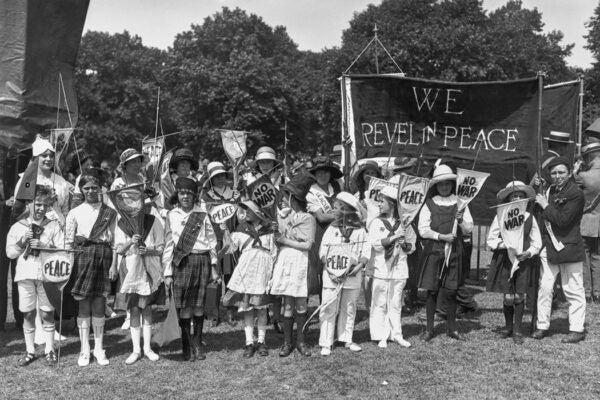The cable television comedy Portlandia portrays Portland, Oregon, as city built on a liberal culture, a utopia deep in the Pacific Northwest woods, a place where restaurant patrons obsess about the rights of free-range chicken and the local ethic includes little religion, much tree hugging, and legal marijuana. The city’s easygoing informality, access to forests and mountains, and relatively mild climate continue to act as magnets for so-called hipsters everywhere.
How did this frontier city, roughly the size of Kansas City, create such a buzz? Author Carl Abbott sees Portland’s ethos as more Scandanavian than typically American. Lacking a strong church presence, with weak labor unions and largely bereft of the ethnic tribalism of other American cities, Portlanders invested their social capital in civic groups concerned for the common good. Portland not only experienced largely competent urban planning from city hall and civic groups, its population was also cooperative and trusting of the process because their input was solicited.
Thoughtful urban planning played a huge role. As Bradshaw Hovey writes in Utopian Studies—in the 1960s, Portland was largely seen as “a stodgy town in a beautiful landscape.” While other cities declined in the 1960s and 1970s, Portland looked at what they did and planned the opposite.
Most other regions accepted the growth of Edge Cities, places on the outskirts connected by freeways and dominated by office parks. Portland’s 1972 Downtown Plan pointed development towards a more livable city. Portland implemented land-use restrictions that assured the city would grow in a compact manner. While other cities focused on highways to move workers in and out of downtowns, which then emptied after office hours, Portland demolished a major highway and reclaimed its riverfront with a downtown public park.
Portland also became known for a transit system, unusual in a mid-sized American city, allowing easy access via street car to downtown points, as well as rail links to the suburbs. The city also created the Pioneer Courthouse Square, seen as a model of urban development, and created new housing for those across the income spectrum. While other cities suffered when real estate salespeople frightened off residents via racially-charged blockbusting, the Irvington neighborhood of Portland became a model integrated community.
As Melissa R. Poe, et al, note in Human Ecology, instead of seeing nature as a nuisance to overcome, Portland incorporated its forests into the fabric of its parks and nature areas, creating an urban landscape connected to the great outdoors.
Of course, as others have reported, Portland’s idyllic reputation does cover a troublesome history. It remains the whitest large city in the U.S., a legacy in part of Oregon’s historic racist policies. The black population grew during World War II, as African Americans moved from the South to take jobs in defense industries. What they found was a city with racial attitudes not that different from the Jim Crow they escaped. Finding housing after the war proved a chronic problem for blacks facing Portland’s rampant housing discrimination.
Population continues to grow as “hipsters” come from far and wide. When they get there, they find that even now it’s not utopian for everyone: homelessness is a chronic issue, and rents and home prices have skyrocketed in the past decade. Portland’s newest challenge is whether its tradition of civic engagement can now survive its attractive reputation as a vibrant city.







